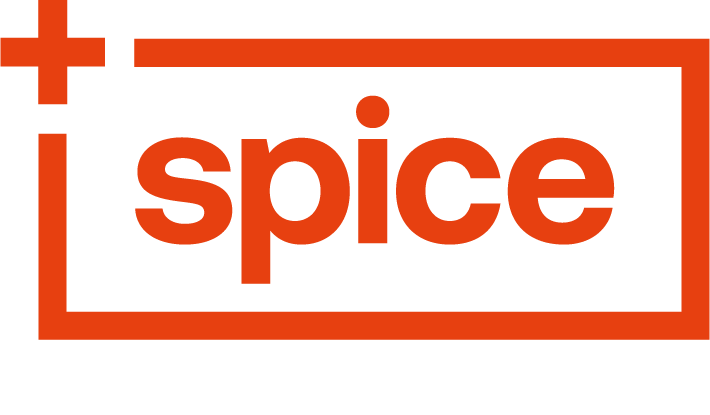
Let’s face it: very few people dream of spending their career buried in spreadsheets, toggling between tabs like a caffeinated octopus, or manually entering the same data 14 times. The good news? AI is here to save us from the drudgery.
Thanks to smart machines and algorithms that never get hangry or need coffee breaks, the workplace is changing fast. According to Gartner, CEOs are banking on a 17% productivity boost from AI. That’s not a tweak, that’s a full-scale shift.
But while AI can handle the grunt work, it can’t do what great leaders do: help people navigate change, feel safe, and stay inspired. That’s where people management comes in, not just to navigate the shift, but to own it!
AI Is Cleaning the Desk – Now What?
So, AI’s tidying up your to-do list. Admin tasks? Automated. Reports? Generated in seconds. Calendar invites? Handled by a bot with zero scheduling drama.
What does that leave us with? Well, ideally: more time for the good stuff. Strategic thinking, relationship-building, big ideas, the kind of work that actually makes us feel human and useful (imagine that!).
But here’s the spicy truth: people are nervous. Whisper “AI” in some workplaces, and you’ll see panic behind the eyes. Is it watching? Judging? Replacing?
This is not just a tech transition, it’s a human one. And it needs to be handled with empathy, clarity, and maybe a few memes to break the tension!
HR, This Is Your Moment!
If HR were a superhero (and let’s be honest, we think it is!) this would be our origin story. We’re not just implementing AI, we’re shaping how people experience it. And no pressure, but how this is handled now could make or break your company’s culture for years to come.
Here’s how we make the shift not only manageable, but meaningful:
1. Talk About It Like a Human, Not a Robot
People don’t need buzzwords. They need answers. Be honest, clear, compassionate and give ideas and examples of what they could now be focusing on.
Don’t say: “We’re leveraging synergistic AI capabilities to streamline efficiencies.”
Say: “AI’s going to help us ditch the boring stuff so we can focus on what matters.”
Keep communication two-way. Ask questions. Address fears. And no, sending one vague all-staff email does not count as change management.
2. Reskill Like You Mean It
You can’t throw people into a new AI-powered world and expect them to swim without floaties. If your team is suddenly expected to “collaborate with intelligent systems,” they’ll need support, not just a PDF and a prayer.
Offer training that’s practical, ongoing, and maybe even a little fun (we find pizza bribes are often a hit!). Help people level up, not just for today’s tools, but for the next wave of change too.
Because let’s be real: the robots aren’t going away.
3. Don’t Let AI Become a Biased, Creepy Weirdo
If you’re using AI for hiring, evaluations, or anything that impacts people’s careers, governance matters. Otherwise, you risk building hidden bias into your processes, and trust us, no one wants to end up in the news for algorithmic discrimination!
Make sure your AI tools are transparent, explainable, and fair. And always keep humans in the process, especially for decisions that affect people’s futures.
Treat AI like a very smart intern: helpful, but not quite ready to run the company unsupervised.
4. Lead Like You Actually Believe in It
If your leaders treat AI like a shiny new toy but don’t use it themselves, or worse, fear it, your people will sniff that out immediately.
Leaders need to walk the walk. Embrace the tools. Show curiosity. Get your hands dirty. And be willing to learn alongside the team, not just cheer from the sidelines.
The Bottom Line (With a Cherry on Top)
AI isn’t here to take your job; it’s here to take your worst tasks. The stuff you’d happily never do again. But the transition won’t manage itself. It needs thoughtful planning, real investment in people, and a leadership team that’s brave enough to make the messy middle a little less messy.
For HR, this is more than an upgrade, it’s a chance to build something better. A workplace where people feel empowered, supported, and maybe even excited about the future.
And hey, if a robot can do your admin, maybe you finally get to do that strategic project you’ve been putting off since 2021. Win-win
Ready to Tackle the Shift?
AI is shaking up the world of work, but you don’t have to navigate it alone. Whether it’s upskilling your team, managing change with confidence, or putting the right ethical guardrails in place — just add Spice.

